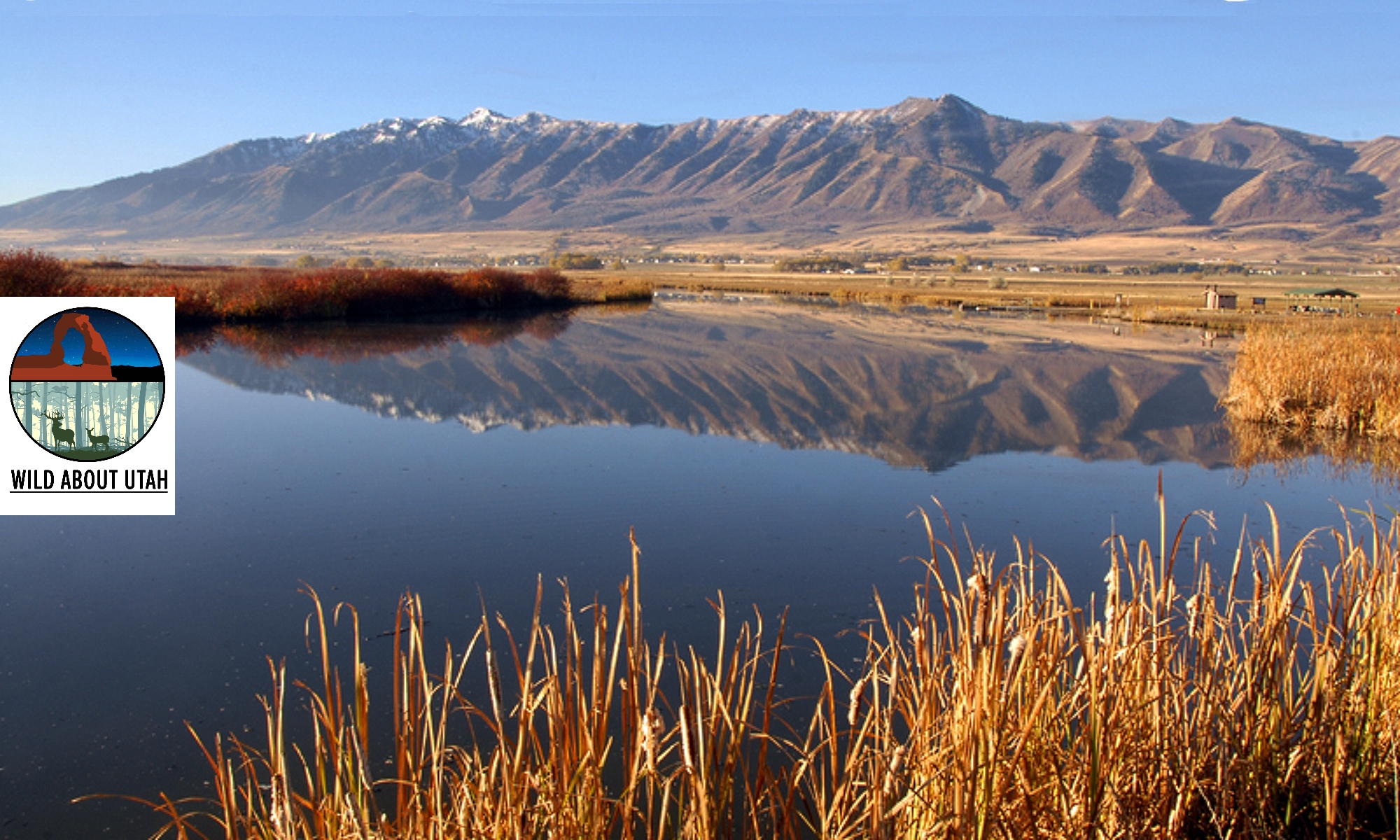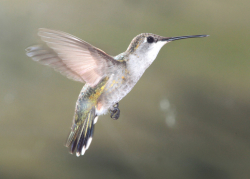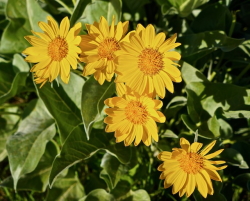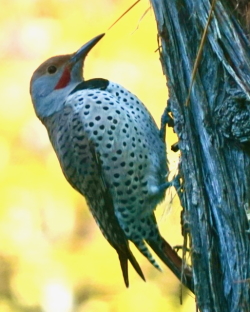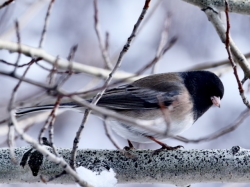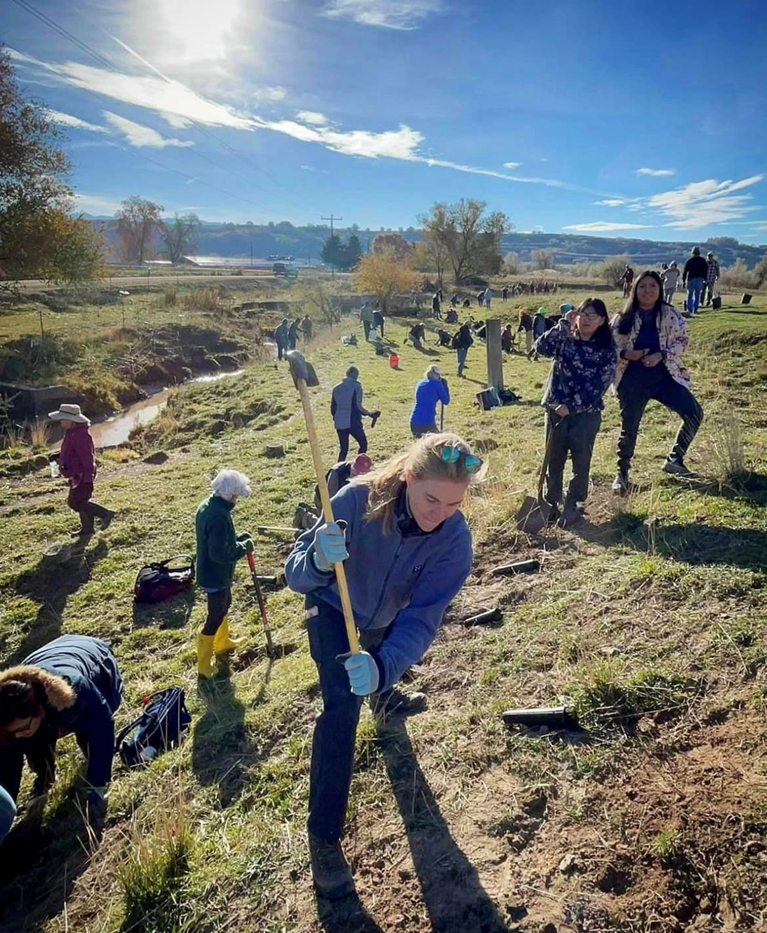
Wuda Ogwa
Courtesy & Copyright © Mehmet Soyer, Photographer
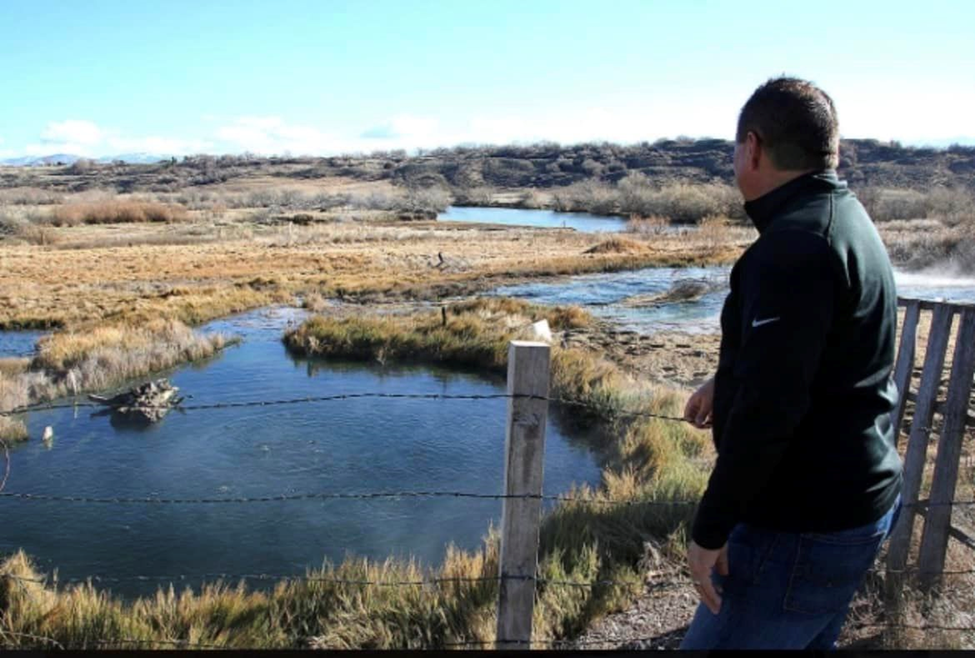 A moment of reflection
A moment of reflection
Shoshone tribal leader Darren Parry at Wuda Ogwa
Courtesy & Copyright © Melanie Parry, PhotographerPerhaps you’ve heard of the Bear River Massacre where on a frigid winter morning in January, 1863, over 400 native lives were lost, mostly women, children, and elderly, slaughtered by the U.S. government. I’ve become well acquainted with the site where this horrible tragedy occurred, a beautiful reach of the Bear River a few miles northwest of Preston Idaho. I’ve volunteered to record birds on their near 600 acres of land, which the Northwest band of Shoshone’s had purchased several years ago. Diversity of bird species is an excellent indictor of the habitat health they rely on.
Tribal elder Darren Parry is hoping to acquire funds for a cultural interpretive center which would tell the story of this sacred land and its people, along with an amphitheater for powwows and other educational and traditional activities. Wuda Ogwa, Shoshone words for Bear River, will become an outstanding education center woven into it’s cultural and spiritual significance.
Darren has gathered many nontribal interests as well, to bring the land back to what it may have been before various agricultural practices caused radical changes from what it once was. Exotic Russian olive trees have invaded many acres of the flood plain. The Utah Conservation Corps has removed substantial amounts, some burnt down and pyrolyzed to form charcoal to be used as a soil amendment. Cattle grazing will be phased out to allow better control of exotic species.
As I approached an open field cleared of Russian olive, hundreds of seedling native plants had been strewn over the open ground awaiting for shovels and spades. Cottonwood, willow, dogwood, golden current, choke cherry, service berry, wild rose. It was overwhelming. How could such an immense quantity of plants ever find a hole? And we were only a small part of the land to be treated.
As I scanned the fields, it became apparent this might just be possible. Hundreds had come- Ogden, Salt Lake, Provo, and our own valley, an army of very different colors from that of 163 years ago. We had come to heal the land, to offer some retribution for those whose bones had once littered some of these same grounds.
“Yesterday, we met as a group of 400 people who took part in another step of the process. We planted thousands of trees and plants that were once sacred to the area. We took a giant step towards healing as a People, as a community, and as a nation. We could not have done this alone. We will continue to hold these events for the next few years to come.” Darren Parry
I look forward to seeing the fruits of our labor, to see a flourishing forest and meadows of native plants, and a flourishing community of Native people to celebrate the rebirth of their ancestors in the living tissue of these new arrivals, which in turn will provide a rich habitat for birds and a plethora of additional life forms.
This is Jack Greene for Bridgerland Audubon Society, and I’m wild about healing wild spaces and the souls they nurture.
Credits:
Images: A moment of reflection, Shoshone tribal leader Darren Parry at Wuda Ogwa, Courtesy & © Melanie Parry, Photographer and
A Labor of Love and Healing at Wuda Ogwa, Courtesy & © Mehmet Soyer, Photographer https://chass.usu.edu/sociology/directory/mehmet-soyer
Audio: Courtesy & © J. Chase and K.W. Baldwin, https://npr.org/ and Kevin Colver, https://wildstore.wildsanctuary.com/collections/special-collections
Text: Jack Greene, Bridgerland Audubon, https://bridgerlandaudubon.org/
Additional Reading: Lyle W Bingham, Webmaster, and Jack Greene, Author, Bridgerland Audubon, https://bridgerlandaudubon.org/
Additional Reading:
Other Wild About Utah Pieces by Jack Greene
Marchant, Brock, ‘Knowledge keeper and storyteller’: Darren Parry selected as The Herald Journal’s 2022 Resident of the year, The Herald Journal, January 27, 2023, https://www.hjnews.com/news/local/knowledge-keeper-and-storyteller-darren-parry-selected-as-the-herald-journals-2022-resident-of-the/article_d64af090-9ebb-11ed-b7f8-73242930a463.html
Parry, Darren, The Bear River Massacre: A Shoshone History, Common Consent Press, November 29, 2019, https://www.amazon.com/Bear-River-Massacre-Shoshone-History/dp/1948218194/
Wuda Ogwa, Northwestern Band of the Shoshone Nation, https://wudaogwa.com/
Boa Ogoi (Wuda Ogwa) Cultural Interpretive Center, Northwestern Band of the Shoshone Nation, https://www.nwbshoshone.com/boa-ogoi-cultural-interpretive-center-1/
Northwestern Band of the Shoshone Nation, https://www.nwbshoshone.com/
| “This site has also been known as the Bear River Massacre, and as Boa Ogoi. The tribe officially uses the term Wuda Ogwa, a direct translation of Bear River.”
[Last Paragraph: Gilbert, Lael, Reclaiming Sacred Space: QCNR Students Assist in Restoration at Wuda Ogwa Site, Today, Utah State University, November 09, 2023 https://www.usu.edu/today/story/reclaiming-sacred-space-qcnr-students-assist-in-restoration-at-wuda-ogwa-site“ |
